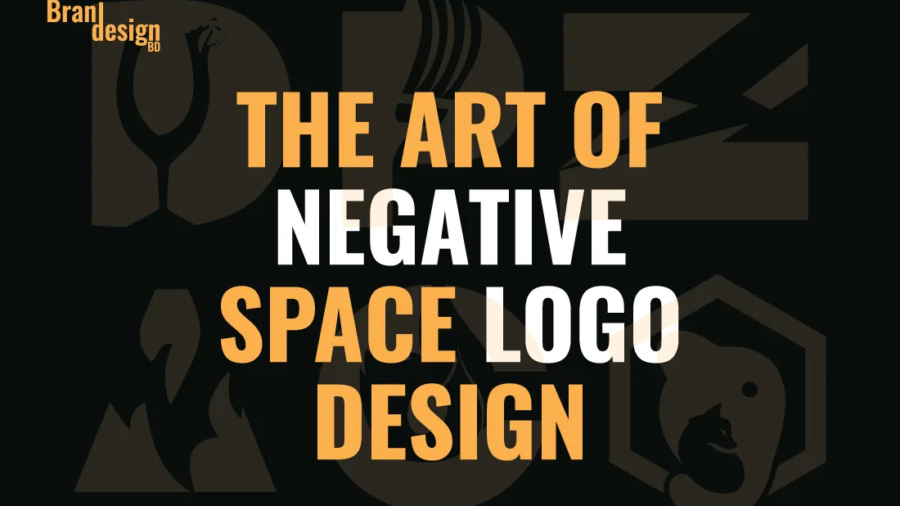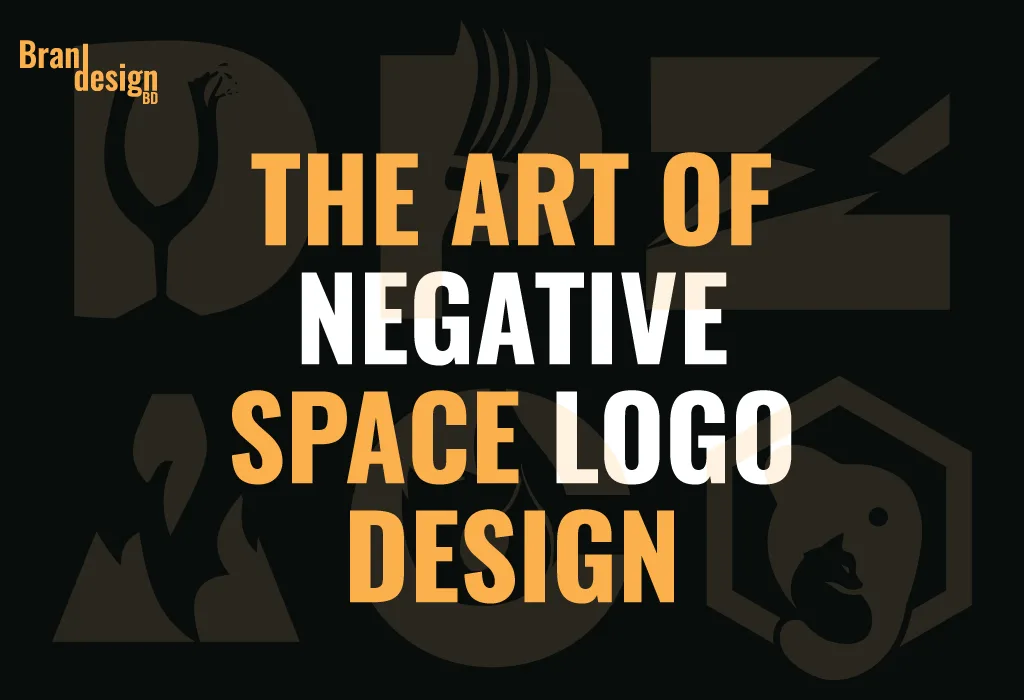
In the vast world of design, simplicity often speaks volumes. One of the most fascinating techniques in logo design is the use of a negative space logo—a concept where the absence of elements creates as much impact as their presence. Negative space logo design is a subtle yet powerful art form that captivates audiences by cleverly integrating hidden meanings and visual storytelling. Let’s delve into this fascinating realm and explore how designers harness the power of negative space to craft memorable brand identities.
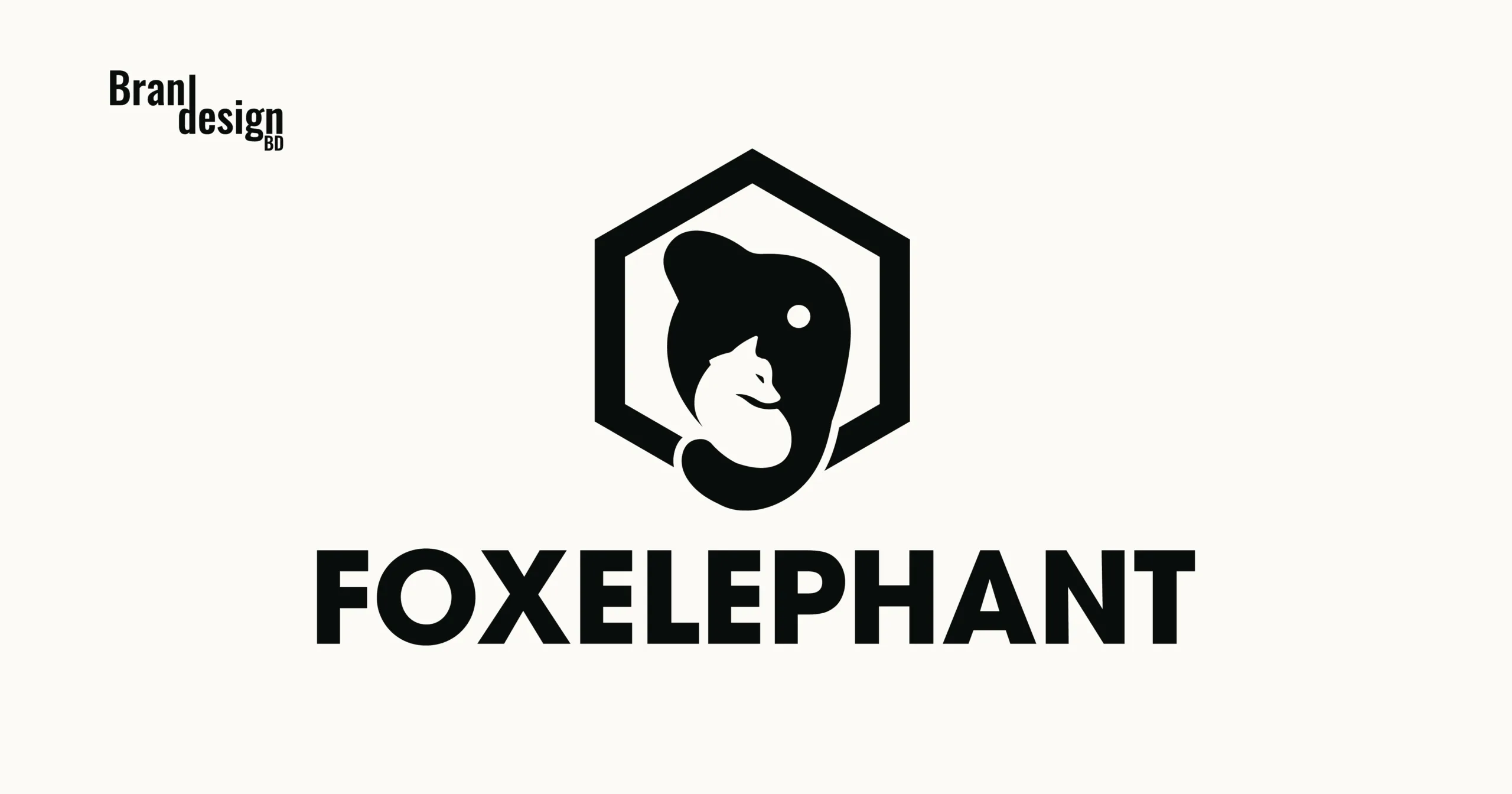
Understanding Negative Space in Logo Design
Negative space, also known as white space, is the area surrounding the main subject in an image. In logo design, it refers to the space around and between the primary elements of the logo. While positive space contains the main focus of the design, negative space plays a supporting role, often contributing to the overall composition and conveying secondary messages.
The Power of Simplicity
Negative space logo design relies on the principle of simplicity to communicate complex ideas effectively. By stripping away unnecessary elements, designers create clean and minimalist logos that leave a lasting impression. These logos are not only visually appealing but also versatile, making them suitable for various applications across different media platforms.
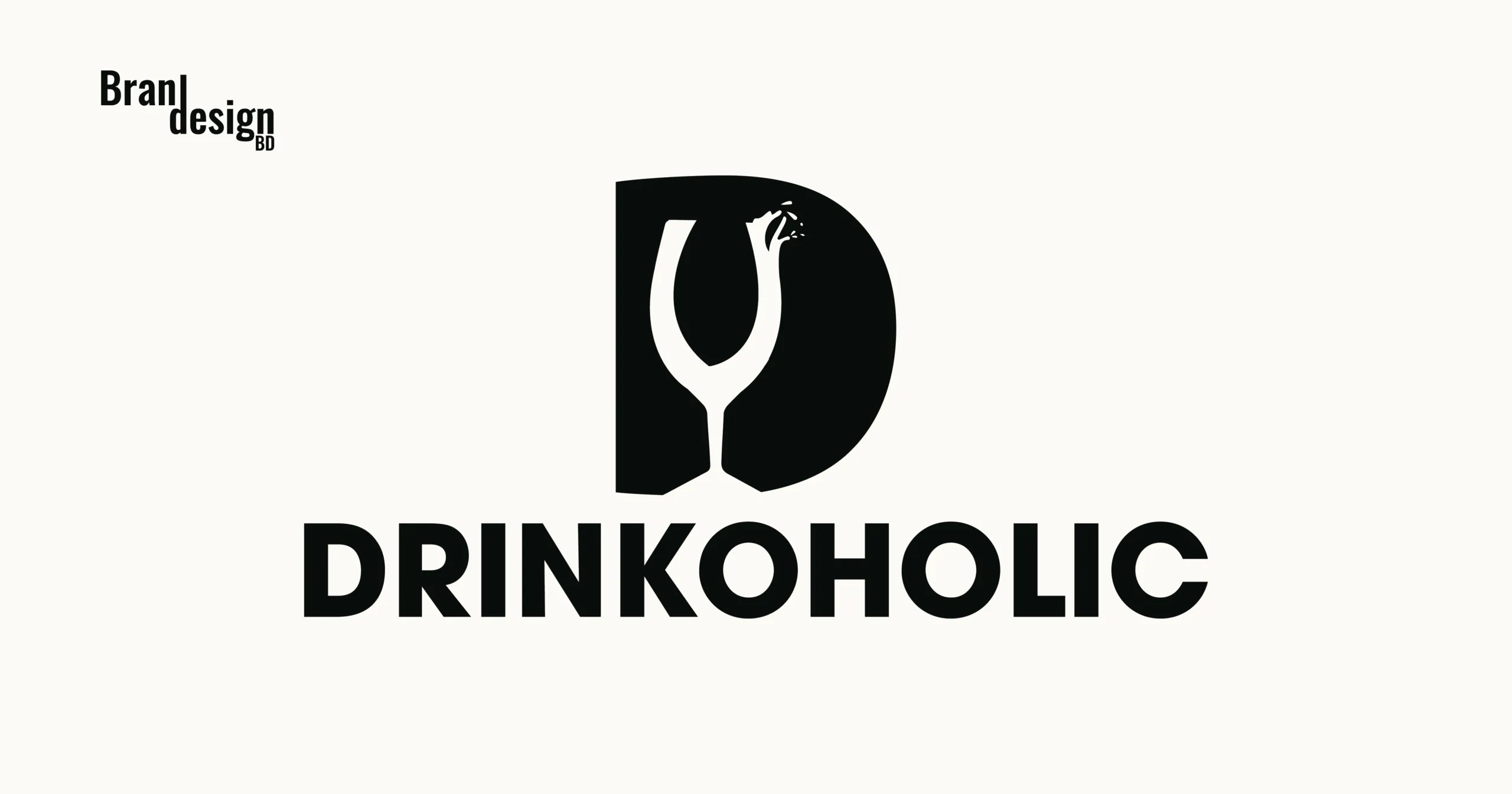
Creating Visual Illusions
One of the most intriguing aspects of negative space logo design is its ability to create visual illusions. By cleverly manipulating the arrangement of shapes and spaces, designers can produce multiple layers of meaning within a single logo. These hidden elements invite viewers to engage with the design on a deeper level, discovering subtle nuances over time.

Some Established Examples of Negative Space Logo Design:
Several iconic logos demonstrate the power of negative space in branding:
1. FedEx: Perhaps one of the most famous examples, the FedEx logo incorporates an arrow formed by the negative space between the “E” and the “x,” symbolizing speed and efficiency in delivery.
2. Amazon: The Amazon logo features a smile that stretches from the letter “A” to the letter “Z,” suggesting that the company offers everything from A to Z.
3. NBC: The peacock in the NBC logo is created using colorful negative space, symbolizing the network’s diverse programming.
Tips for Effective Negative Space Logo Design:
For designers looking to incorporate negative space into their logo creations, here are some tips to keep in mind:
1. Start with a Strong Concept: A solid concept forms the foundation of any successful logo design. Spend time brainstorming ideas and sketching out rough drafts before diving into the finer details.
2. Keep it Balanced: Balance is crucial in negative space logo design to ensure that the composition feels harmonious and visually appealing. Pay attention to the distribution of positive and negative space to achieve equilibrium.
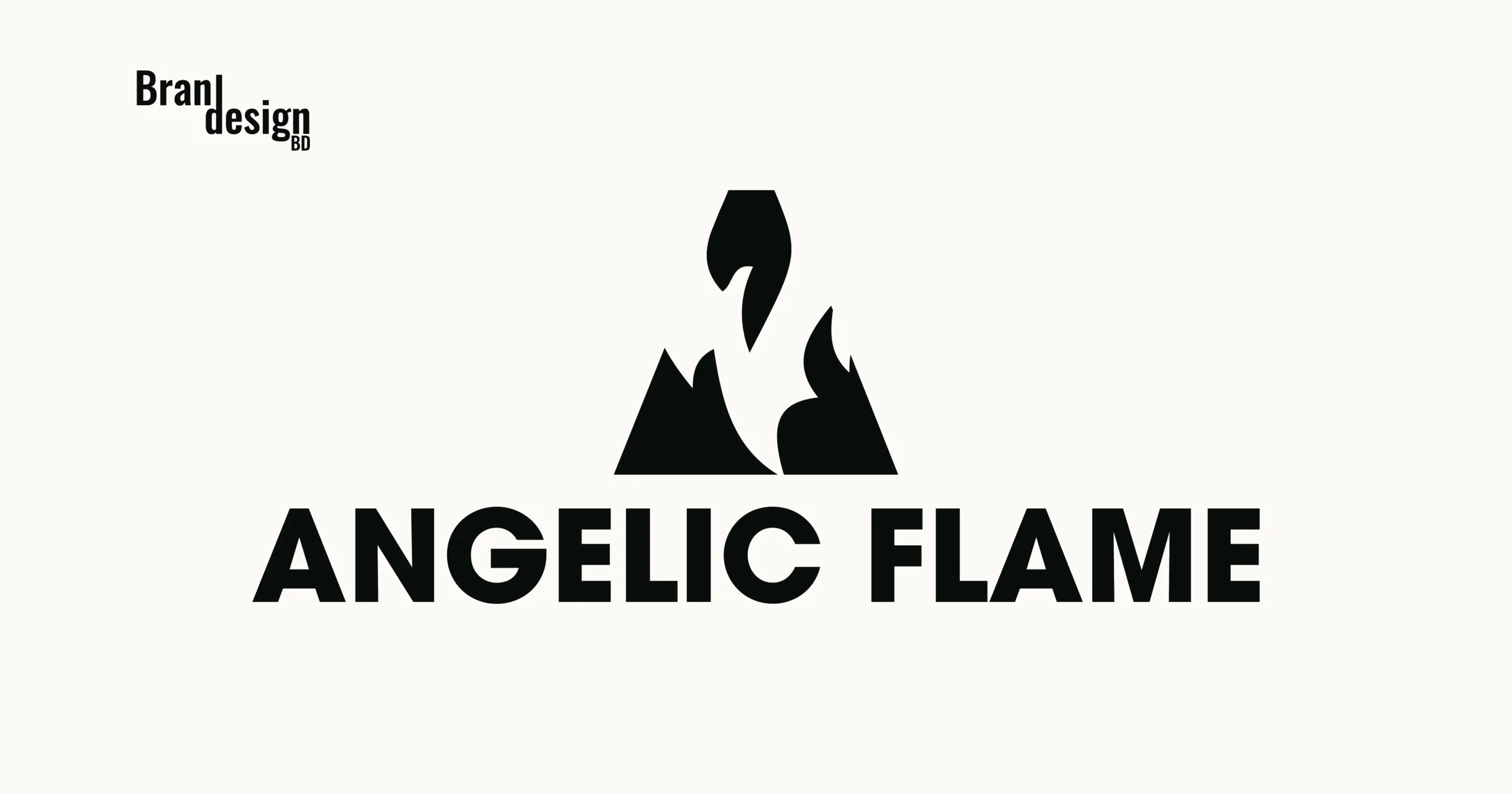
3. Test for Legibility: While negative space can add depth and complexity to a logo, it’s essential to ensure that the design remains legible and recognizable, even at smaller sizes.
4. Experiment with Shapes: Don’t be afraid to experiment with different shapes and forms to find the perfect balance of positive and negative space. Sometimes, the most unexpected combinations yield the most compelling results.
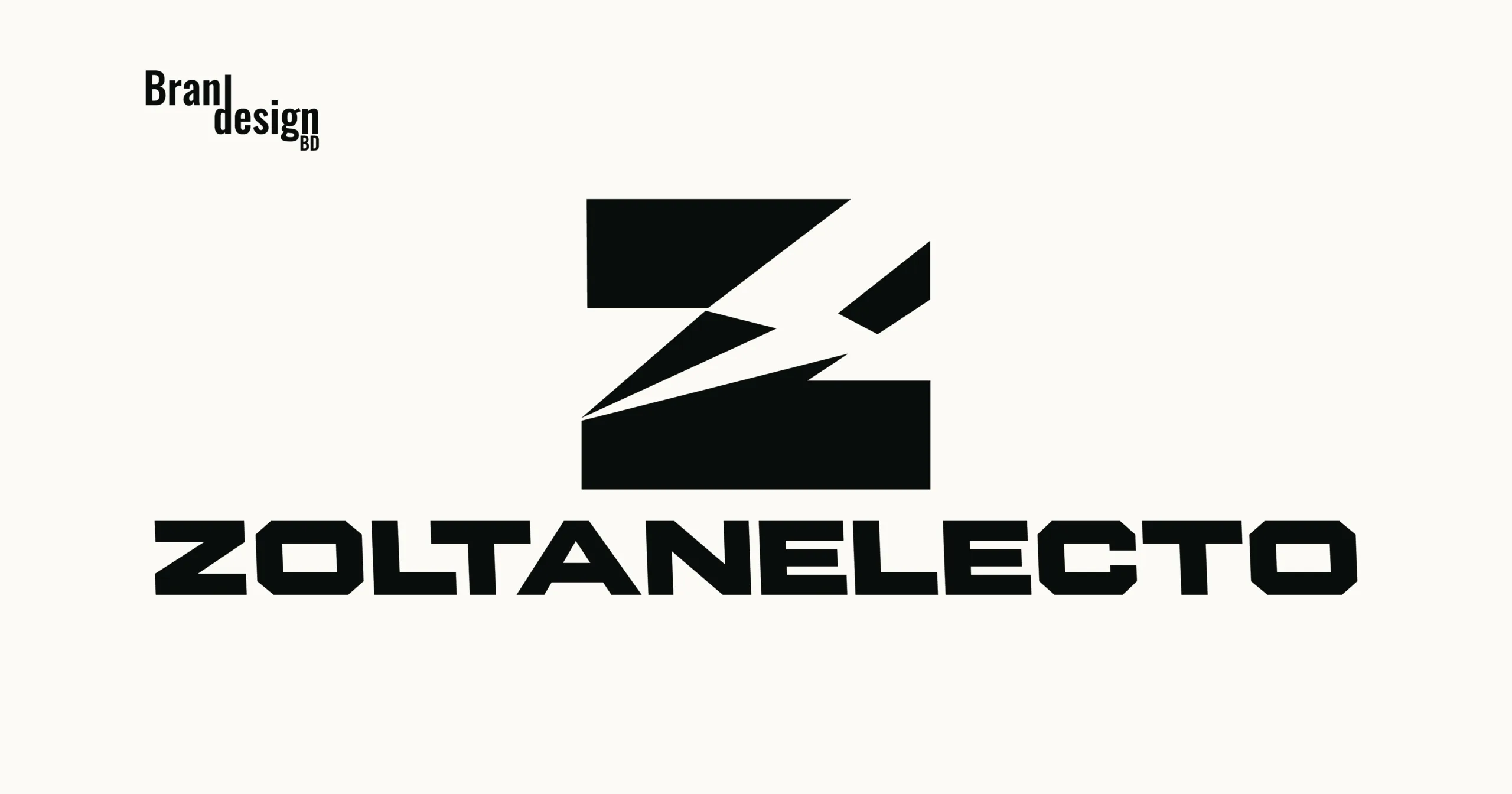
Negative space logo design offers several advantages:
Memorability: Logos designed using negative space often stand out due to their clever use of space and hidden imagery. This memorability helps brands leave a lasting impression on their audience, making it easier for them to recall the logo and associated brand.
Simplicity: Negative space logos are inherently simple, with clean lines and minimalistic designs. This simplicity not only makes the logo visually appealing but also ensures that it remains versatile and easily recognizable across various platforms and mediums.
Distinctiveness: Negative space logos have the potential to be more distinctive and unique compared to logos with complex designs. By utilizing negative space creatively, brands can differentiate themselves from competitors and carve out a distinct identity in the market.
Versatility: Negative space logos are highly versatile and adaptable to different contexts and applications. Whether displayed on a billboard, website, or business card, these logos maintain their clarity and impact, making them suitable for diverse branding needs.
Engagement: The hidden elements and visual illusions created by negative space logos often spark curiosity and engagement among viewers. This encourages them to take a closer look at the logo, decipher its hidden meanings, and connect with the brand on a deeper level.
Timelessness: Negative space logos have a timeless quality that allows them to remain relevant and effective for years to come. By avoiding trendy design elements and focusing on fundamental principles of design, these logos have the potential to withstand the test of time and maintain their relevance in evolving markets.
Conclusion:
The negative space logo design is a testament to the power of simplicity and subtlety in visual communication. Whether it’s conveying hidden meanings, creating visual illusions, or simply making a bold statement, the art of negative space logo design continues to inspire and captivate us in the ever-evolving world of branding and design.
If you want to make any Negative Space Logo Design then contact us now.
To get the Heart Symbol – & copy the love emoji click here.
Also, check the recent article about the combination mark logo here and the lettermark logo here.
Negative space plays a crucial role in logo design as it can enhance visual impact, create depth, convey hidden meanings, and improve overall composition. It adds an element of sophistication and intrigue to the design, making it more memorable and engaging for the audience.
To create a negative space logo, designers strategically manipulate the arrangement of shapes, letters, or symbols to form hidden images or convey secondary messages within the empty spaces. This often involves careful planning, sketching, and experimentation to achieve the desired effect.
Negative space logo design offers several advantages, including memorability, simplicity, distinctiveness, versatility, engagement, cost-effectiveness, and timelessness. These qualities make negative space logos effective in conveying brand identity and leaving a lasting impression on the audience.
To ensure that your negative space logo remains legible and recognizable, test it across various sizes and backgrounds to assess its visibility and clarity. Keep the design simple and avoid excessive complexity that may obscure the main elements of the logo. Additionally, gather feedback from stakeholders and potential customers to identify any potential issues and make necessary adjustments.
Yes, negative space logos can be trademarked like any other logo design. To protect your logo, you’ll need to register it as a trademark with the relevant authorities in your country or region. Ensure that your logo meets the criteria for trademark registration, including distinctiveness and non-infringement of existing trademarks.


